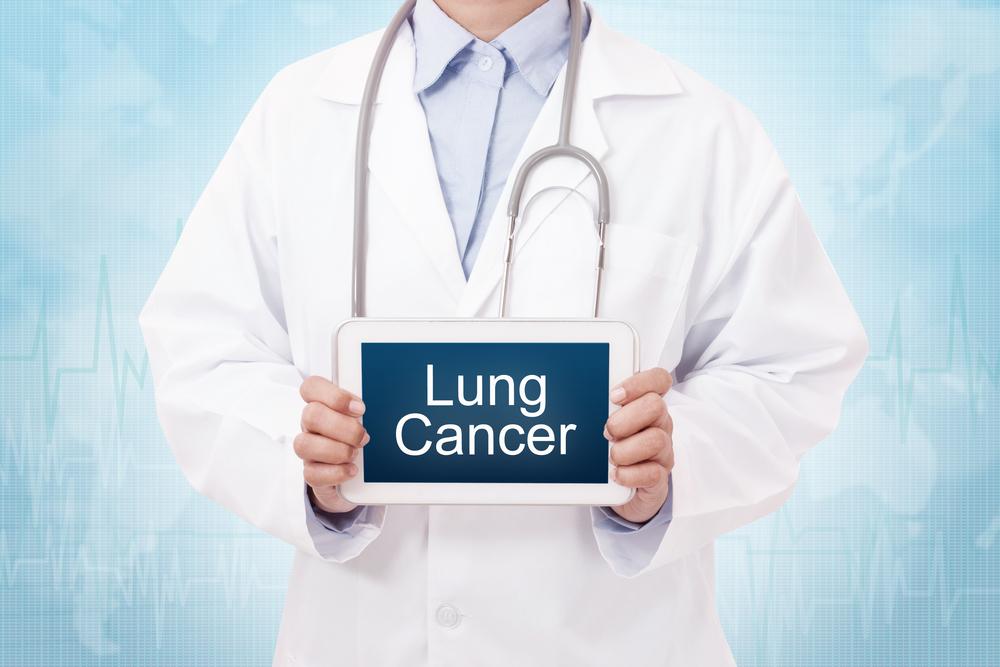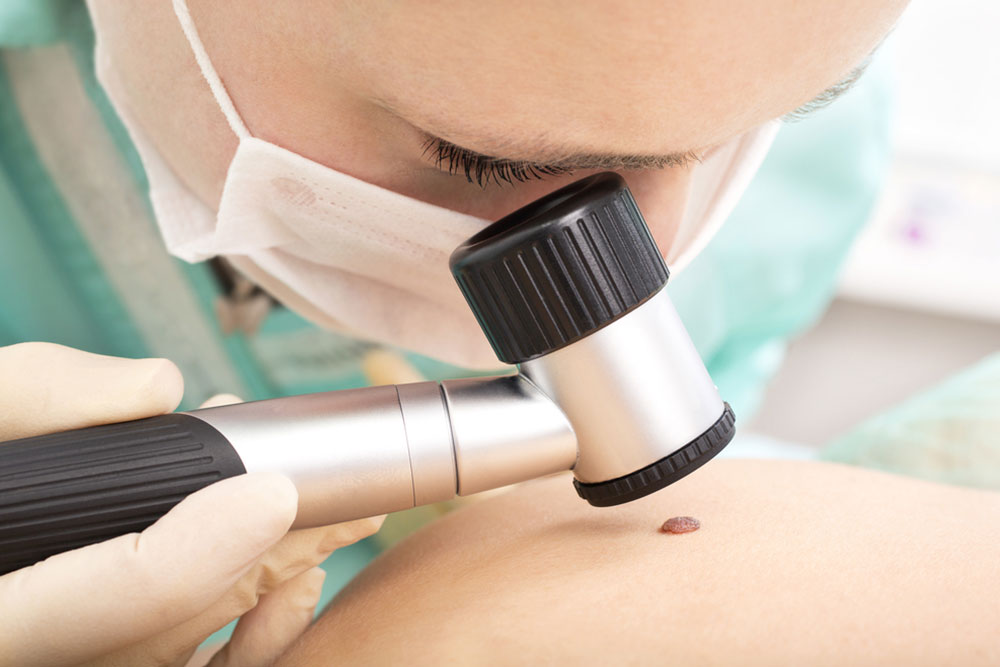In-Depth Guide to Advanced Treatment Strategies for HER2-Positive Breast Cancer
This comprehensive guide explores the latest treatment strategies for HER2-positive breast cancer, emphasizing targeted therapies, surgical options, and personalized care. Discover how recent advancements improve prognosis and quality of life for patients battling this aggressive cancer subtype. Suitable for patients and healthcare professionals, the article provides detailed insights into effective management approaches and future prospects.

In-Depth Guide to Advanced Treatment Strategies for HER2-Positive Breast Cancer
Breast cancer remains one of the most common malignancies affecting women globally, originating from the glandular tissues within the breast. Among the various subtypes, HER2-positive breast cancer accounts for approximately 15-20% of cases and is characterized by an overexpression of the human epidermal growth factor receptor 2 (HER2) proteins on the surface of cancer cells. Recognizing and understanding this specific subtype is crucial because it significantly influences treatment planning and prognosis. Accurate diagnosis involves multiple steps, primarily focusing on the biopsy analysis where pathologists assess tumor tissue for hormone receptor status—such as estrogen and progesterone receptors—and evaluate HER2 protein expression or gene amplification through immunohistochemistry (IHC) or fluorescence in situ hybridization (FISH).
Understanding the biological behavior of HER2-positive tumors is vital for effective management. The overproduction of HER2 proteins—encoded by the HER2 gene—drives rapid tumor growth and contributes to a more aggressive disease course. This overexpression results in uncontrolled cell proliferation, increased tumor invasiveness, and a higher likelihood of metastasis, often leading to a poorer prognosis compared to HER2-negative variants. Therefore, treatment strategies for HER2-positive breast cancers are specifically designed to target this molecular abnormality, providing a comprehensive approach that aims to improve survival rates and quality of life.
HER2 proteins are vital for normal breast cell functions, including growth, repair, and regeneration. However, when the HER2 gene becomes amplified or mutated, it pushes the cells into uncontrolled division. This abnormal activity constitutes the foundation for HER2-positive breast cancer, which frequently exhibits rapid progression and a higher tendency for recurrence. Recognizing this molecular profile helps clinicians to determine the most effective treatment pathways and tailor interventions suited to each patient’s disease stage and overall health status.
Given the aggressive nature of HER2-positive tumors, treatment protocols diverge considerably from those used for HER2-negative cancers. The primary goal is to combine local and systemic therapies that effectively control tumor growth and prevent recurrence. Management typically involves a multidisciplinary approach, integrating surgical procedures, targeted drug therapies, chemotherapy, and radiotherapy, carefully calibrated based on tumor size, disease stage, and the patient’s health condition.
Therapeutic Modalities for HER2-Positive Breast Cancer
Effective management of HER2-positive breast cancer employs a combination of surgical intervention, medical therapy, and radiotherapy, with targeted treatments playing a pivotal role in recent years. Each modality aims to reduce tumor burden, eliminate residual disease, and improve long-term survival outcomes. Below is a detailed overview of these treatment options:
Surgical Procedures: Surgery remains an essential initial step once the tumor is diagnosed. Depending on tumor size and location, surgeons may recommend breast-conserving surgery (lumpectomy) or a full mastectomy. Lymph node assessment or removal—via sentinel lymph node biopsy or axillary dissection—is often performed to evaluate the spread of disease.
Radiation Therapy: Employed either before surgery to shrink larger tumors or post-operatively to eradicate remaining cancer cells. In HER2-positive cases, radiotherapy helps reduce local recurrence and enhances overall control of the disease.
Chemotherapy: Chemotherapeutic drugs are essential first-line systemic treatments that work by killing rapidly dividing cells. Common drugs include anthracyclines, taxanes, and cyclophosphamide. When combined with hormone therapy in hormone receptor-positive disease, it provides a synergistic effect, further improving outcomes.
Targeted Therapies for HER2-Positive Breast Cancer
Trastuzumab (Herceptin): This groundbreaking monoclonal antibody targets HER2 receptors directly, blocking signaling pathways that promote tumor growth. Clinical studies have shown that trastuzumab, when combined with chemotherapy, dramatically reduces recurrence risks and extends survival, with some patients experiencing survival beyond ten years. Its administration can be in neoadjuvant (pre-surgery), adjuvant (post-surgery), or metastatic settings.
Ado-trastuzumab emtansine (Kadcyla): An antibody-drug conjugate that links trastuzumab with cytotoxic agents, delivering chemotherapy directly to HER2-overexpressing cells. This targeted delivery minimizes systemic side effects while maximizing anti-tumor efficacy, especially in metastatic disease.
Pertuzumab: Another monoclonal antibody used in combination with trastuzumab for HER2-positive metastatic breast cancers. It can be employed to shrink early-stage tumors pre-surgery or control advanced disease without previous hormone therapy, thus expanding treatment options.
Lapatinib (Tykerb): This small molecule tyrosine kinase inhibitor blocks HER2 and epidermal growth factor receptor (EGFR) signaling pathways. It’s particularly beneficial in managing advanced or resistant HER2-positive cancers when used alongside other treatments.
Furthermore, the treatment journey involves rigorous follow-up to monitor for signs of recurrence, manage ongoing side effects, and ensure optimal quality of life. Patients should receive detailed counseling regarding their treatment options, potential side effects, and the importance of adherence to prescribed therapies to maximize benefits.
In conclusion, advancements in targeted therapies and multimodal treatment strategies have significantly transformed the management landscape of HER2-positive breast cancer, offering patients improved survival prospects and better quality of life. Staying informed about emerging treatment options and maintaining close communication with healthcare professionals remain essential components of effective disease management.





